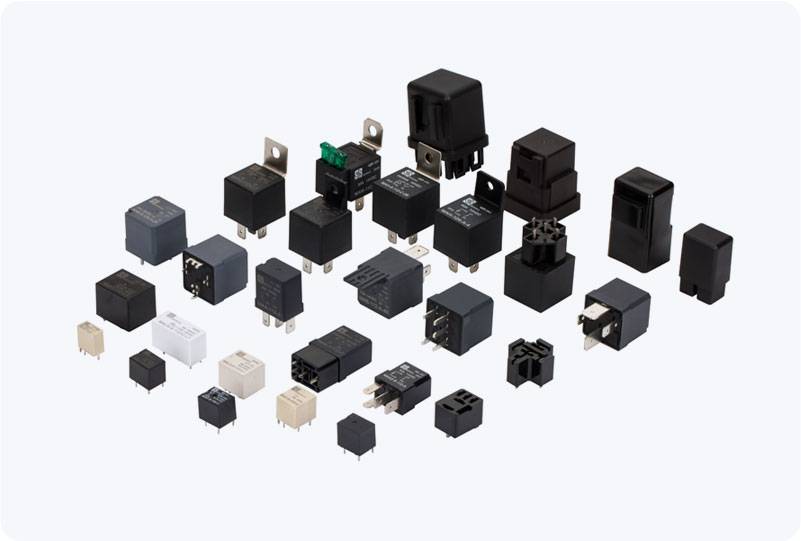understanding the importance of circuit breaker relay in electrical protection systems
Release time:2025-06-06 23:23:47
A Circuit Breaker Relay is an essential device used in electrical protection systems to safeguard electrical circuits from damage caused by overloads, short circuits, or other faults. By combining the features of a circuit breaker and a relay, this device ensures quick disconnection of faulty circuits, preventing further damage to electrical equipment and ensuring the safety of the system. In this article, we will explore the functionality, working principles, and applications of Circuit Breaker Relays, highlighting their importance in modern electrical systems.

What is a Circuit Breaker Relay?
A Circuit Breaker Relay is a protection device that monitors electrical circuits for faults. It consists of two main components: a circuit breaker and a relay. The circuit breaker is responsible for disconnecting the power when a fault is detected, while the relay detects abnormal conditions, such as overloads or short circuits, and sends a signal to the circuit breaker to interrupt the current flow. This combination ensures both the detection of faults and the protection of the electrical system in a single unit.
The relay within the circuit breaker constantly monitors the flow of current through the circuit. When an abnormal situation arises—such as an overload or a short circuit—the relay detects this change and sends a signal to activate the circuit breaker. The breaker then opens the circuit to prevent damage to equipment or wiring. After the fault has been cleared, the system can be reset and restored to normal operation.

